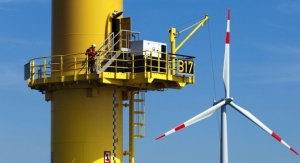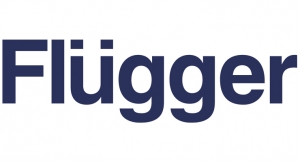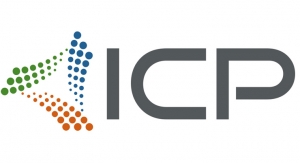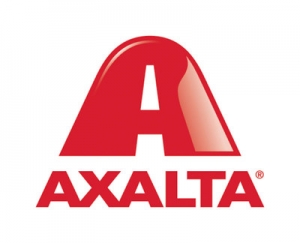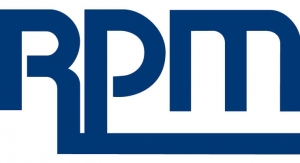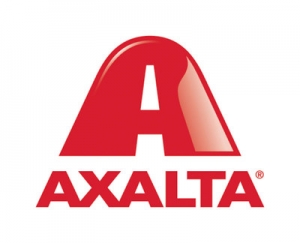The global titanium dioxide market was valued at $16.98 billion in 2020 and is expected to grow at a compound annual growth rate (CAGR) of 8.3% from 2021 to 2028.
This growth can be credited to the increasing product demand from the end-user industries. Usage of the product as pigments in paints & coatings formulation is expected to fuel industry growth over the next few years.
Developing countries have witnessed a growing demand for lightweight vehicles in the past few years. Furthermore, the automotive industry in developed regions including North America and Western Europe is exhibiting a promising trend, owing to recovery from the financial downturn.
Progressive growth in the automotive industry, especially in lightweight automobiles, has driven significant consumption of paints & coatings, which, in turn, is anticipated to propel the demand for Titanium Dioxide (TiO2).
The market in the U.S. was mainly driven by the paints & coatings sector over the recent past. Recovery of the construction industry in the U.S. has boosted the paints & coatings market, exhibiting rising demand for eco-friendly and anti-corrosive architectural coatings. As a result, the usage of the product as pigments in the formulation of advanced paints & coatings has increased over the past few years.
The product is also used as a dispersing agent, flocculent, and whitening agent in the paints & coatings industry. In automotive coatings, the product is used as a dispersive agent with maximum gloss retention and high chalk resistance. The rapid growth of the automotive industry in China, India, and Japan is expected to augment the product demand over the forecast period.
Coatings formulated using TiO2 have excellent compatibility with polycarbonate, a thermoplastic used as an alternate to glass- and metal-based materials. The rising demand for lightweight vehicles, owing to the need for better fuel efficiency, has resulted in an increased demand for polycarbonate in the automotive industry, thereby boosting product usage over the past few years.
Nanoparticles of TiO2 are extensively utilized in Photovoltaic (PV) systems including dye-sensitized solar cells, quantum dot-sensitized solar cells, polymer-inorganic hybrid solar cells, inorganic solid-state solar cells, and perovskite solar cells.
The product has a wide scope of application in coatings of PV cells as a photoactive material, owing to its efficiency in improving the performance of dye-based cells. Focus on increasing the use of clean energy sources has also fueled the product demand in PV cells application.
The paints & coatings segment led the market accounting for over 57% of the global revenue share in 2020. This trend is expected to continue over the forecast period. The segment is anticipated to grow at a steady CAGR from 2021 to 2028.
Significant growth in the construction and automotive sectors, particularly in developing regions, has fueled the product demand in the paints & coatings industry over the past few years.
Superior properties including opacity, whiteness, scattering of light, and high refractive index of TiO2 have accelerated its usage in paints & coatings formulations. The product is widely used as a key raw material in the production of emulsion paints and anticorrosion, automotive, aircraft, marine & decorative coatings.
Increasing infrastructure investments in developing economies have been a dominant factor driving the demand for architectural and decorative coatings, which, in turn, is expected to have a positive impact on the market over the forecast period.
The plastics segment is estimated to register the fastest CAGR from 2021 to 2028. The product improves the mechanical strength and electrical properties of plastic products. Furthermore, it enhances weathering properties of plastics, along with protection from UV light and high temperatures.
Plastics production is expected to increase over the forecast period, owing to their rising demand in automotive, building materials, and masterbatches. Furthermore, rising environmental concerns have boosted the production of bioplastics over the recent past.
This, in turn, is likely to have a positive impact on the product demand over the next few years.
The pulp & paper segment is also one of the key end-users of TiO2 owing to its usage as a filler in pulp & paper production. The product improves the brightness, opacity, color, porosity, smoothness, gloss, and printability of paper. The product has considerable usage in the production of decorative foils and decor & magazine papers used in various printing applications.
Asia Pacific was the largest regional market and accounted for a revenue share of over 41% in 2020. The regional market will expand further at the fastest CAGR from 2021 to 2028.
Rising construction activities in China, India, and Southeast Asian countries have motivated the demand for paints & coatings in the region, which, in turn, is expected to augment product demand. Furthermore, the rising demand for lightweight automotive in the region is driving the product demand in automotive coatings applications.
Recent economic developments and rapid industrialization have stimulated the product demand in Asia Pacific. Countries, such as China, India, Japan, Malaysia, Vietnam, Indonesia, and South Korea, are projected to be the major contributors to the region’s growth.
Europe held the second-largest revenue share in 2020 owing to the high product demand from the paints & coatings and cosmetic industries. Countries such as Germany, Italy, France, and the U.K. were among the major producers of automobiles and thus have driven sizeable product demand in the paints & coating segment.
The Latin America and MEA regions are expected to witness promising industry trends over the forecast period. The regions are likely to emerge as high-potential markets over the next few years.
The product demand in Brazil is expected to increase at a robust pace due to the growing number of PV installations in the country. Countries including Saudi Arabia, UAE, and South Africa are predicted to offer lucrative development opportunities to the market owing to progressive growth in the end-user industries.





